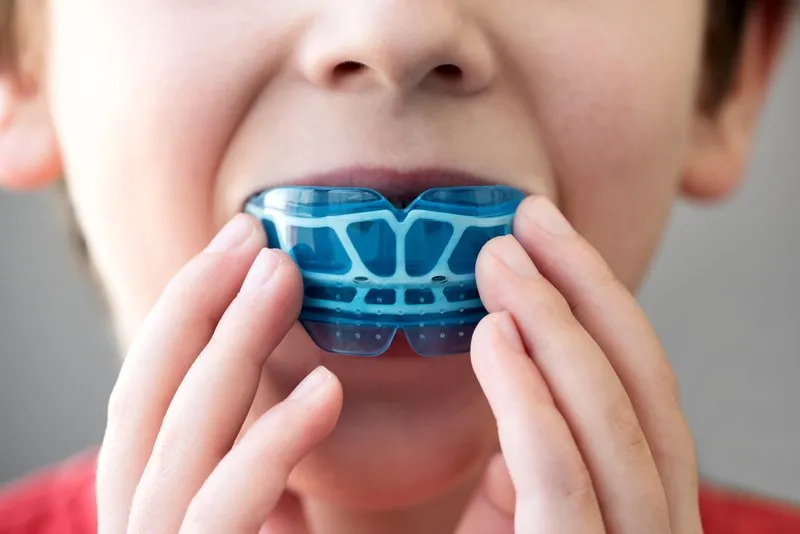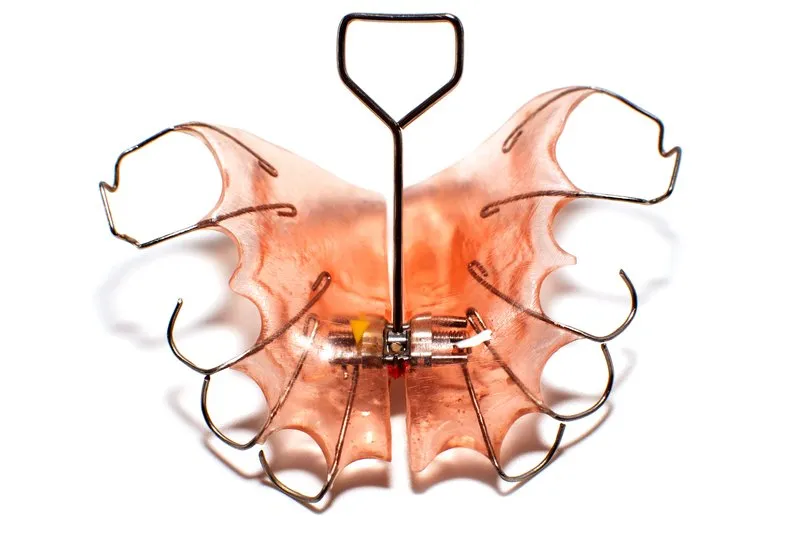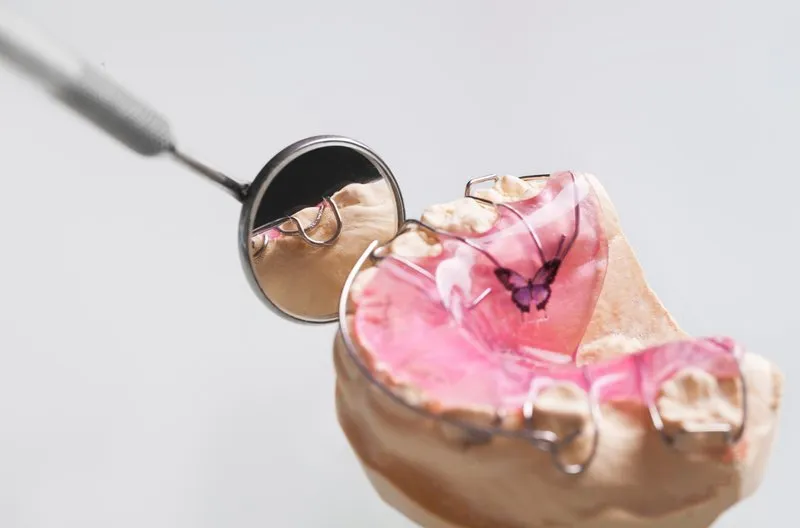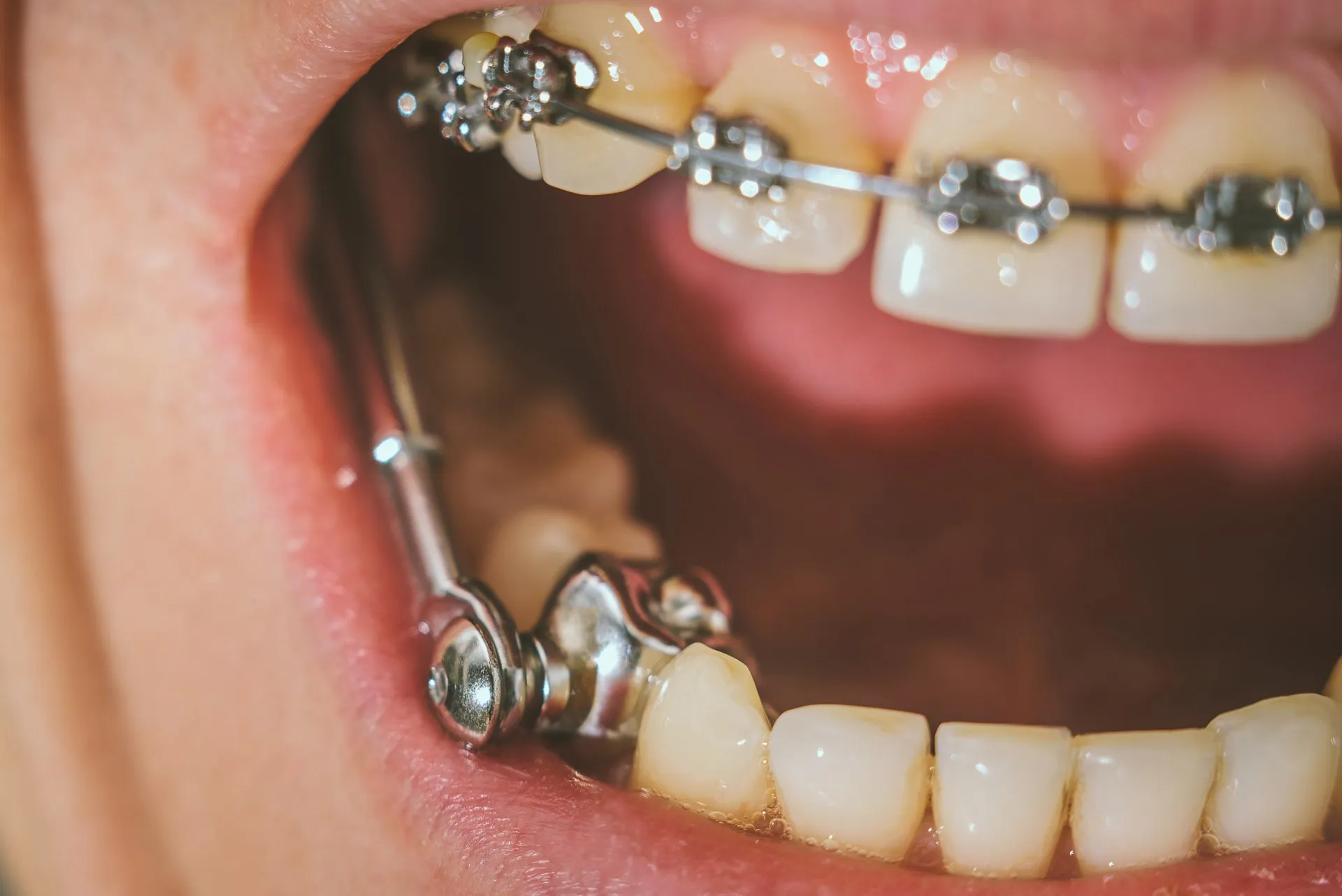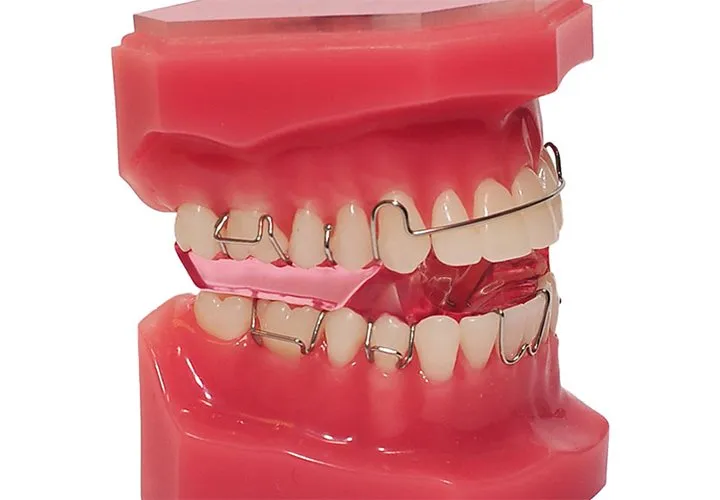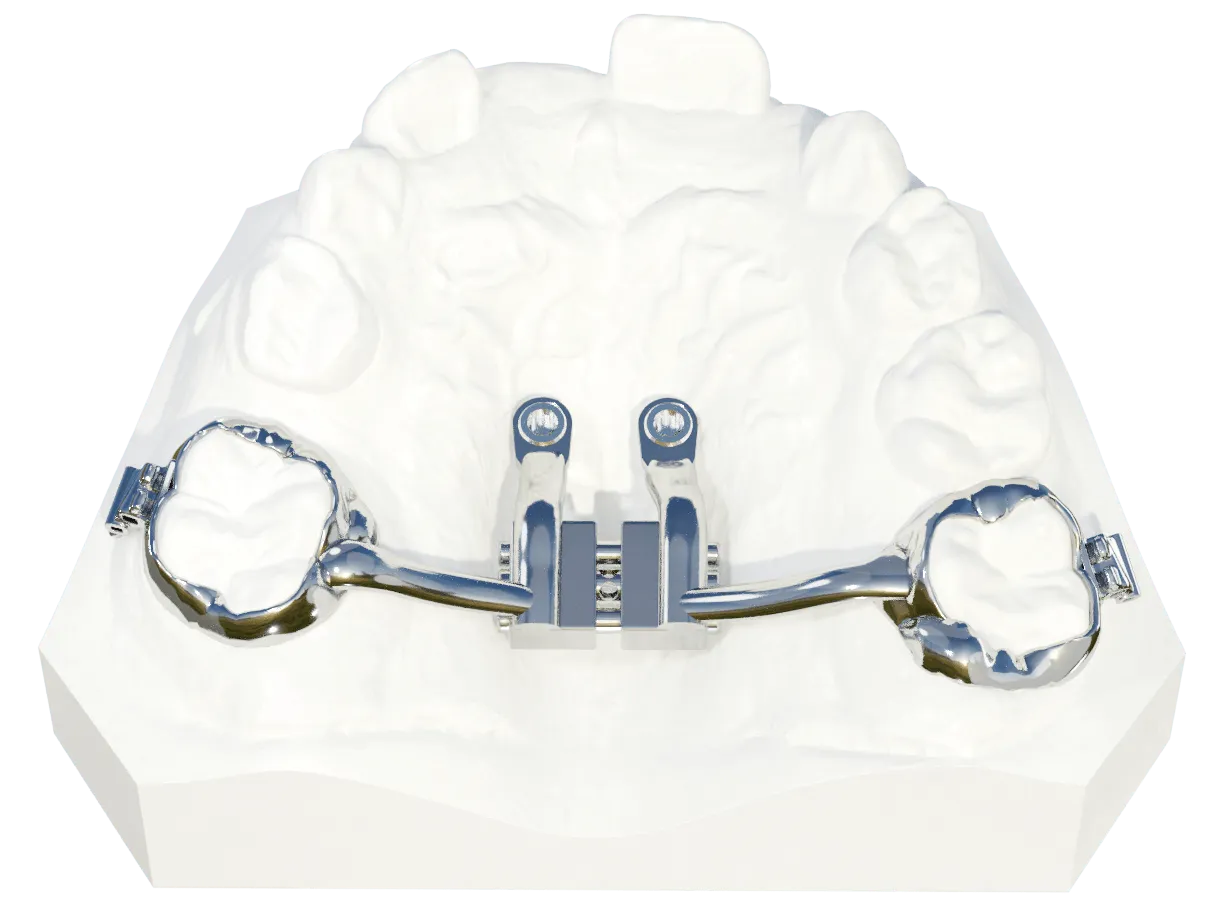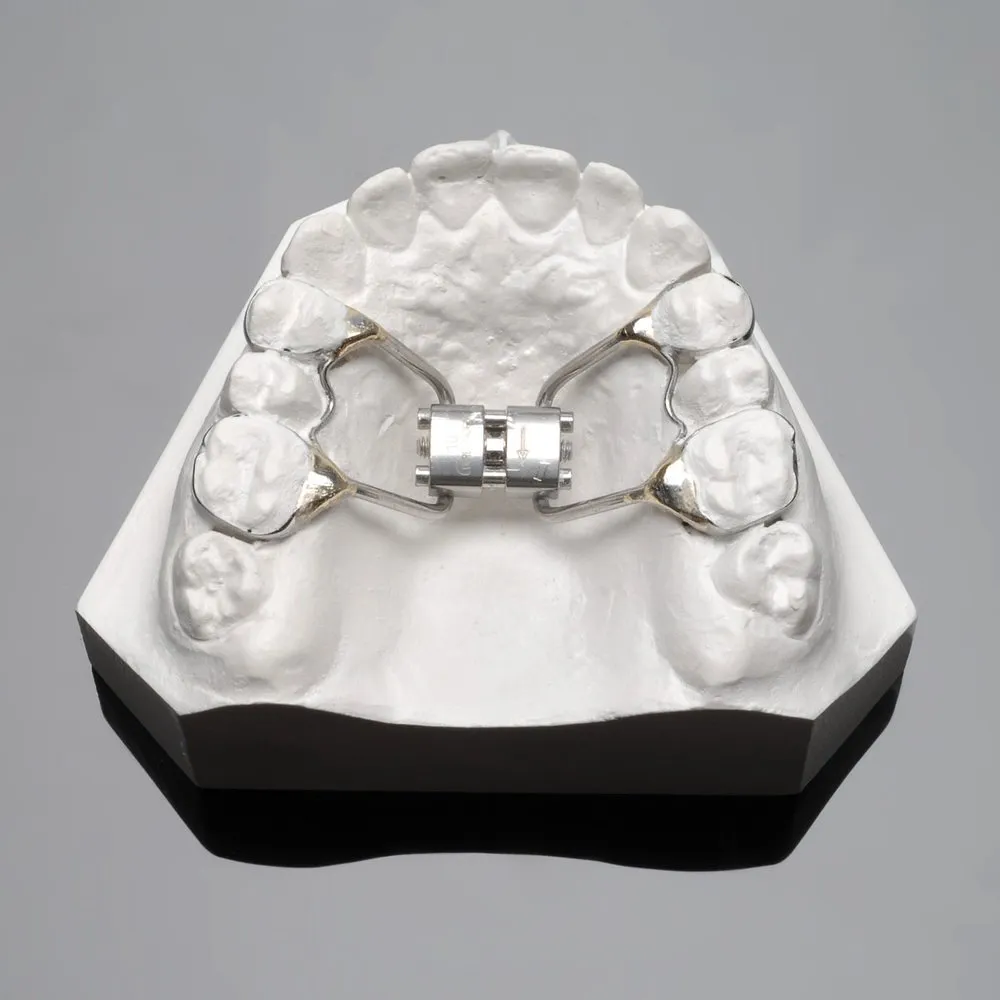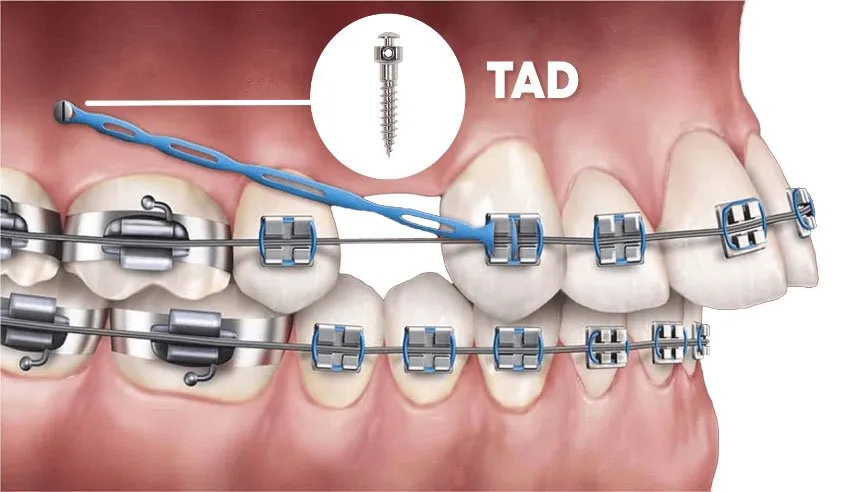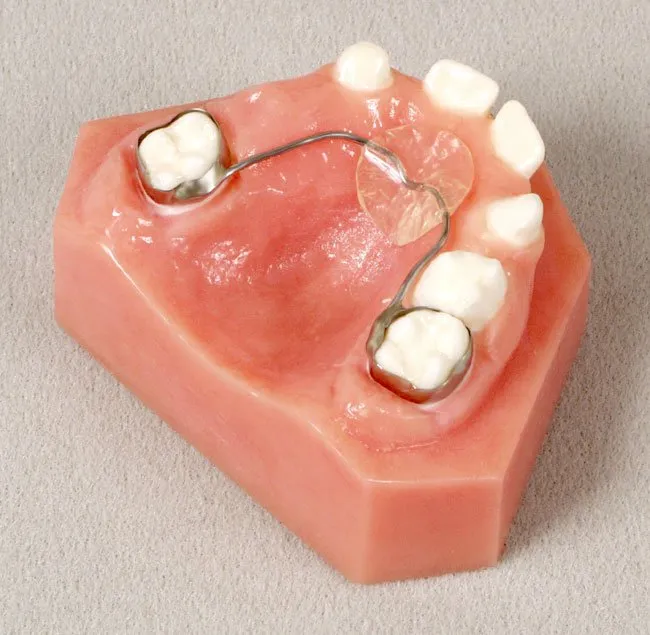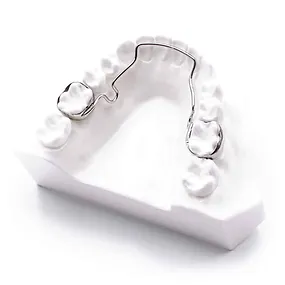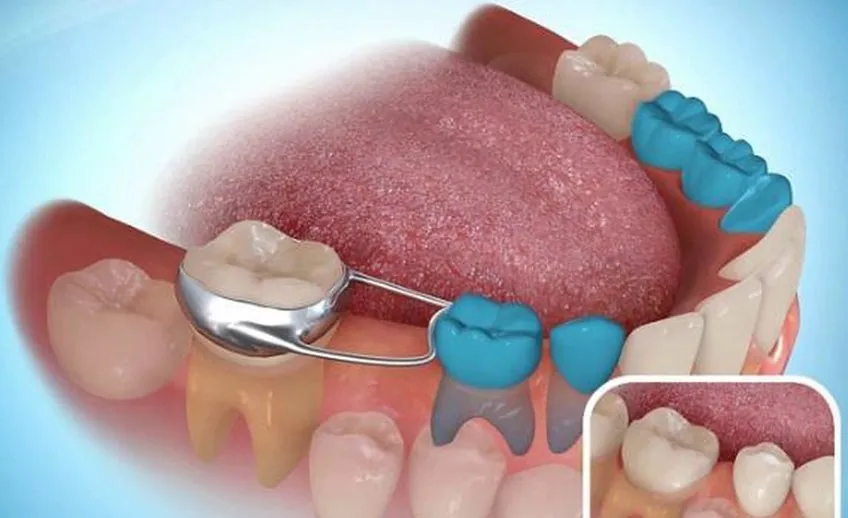What patients need to know about orthodontic treatment
- rotaveikinateam
- Apr 18, 2023
- 4 min read
Tooth straightening and bite correction is a time consuming process and requires regular visits to the orthodontist and dental hygienist. As well as special care for the teeth and hygiene. For children under the age of 18 the orthodontic consultation has to be hold together with the parents. Orthodontic treatment is not covered by most of insurers.
What happens in an orthodontist's office?
At the first visit, the orthodontist takes anamnesis, makes oral examination and diagnostic examinations - intraoral and extraoral photographs, X-ray examination (s), impressions to make diagnostic casts and, if necessary, performs dental scans. Treatment options are explained and the approximate total treatment costs are calculated. Before orthodontic appliance installation, the teeth must be checked and professional oral hygiene performed.

If a tooth needs to be extracted before the orthodontic treatment, this is prescribed by the treating orthodontist during the consultation.
As the orthodontic treatment can be performed at different ages and each patient has individual bite characteristics, orthodontists use many different devices to correct the occlusion.
How are the braces/ aligners attached?
During the visit, the teeth are cleaned and braces of the selected material (metal, rhodium-plated, ceramic) are glued to them, or in the case of aligners - tooth-tone composite attachments are put;
Recommendations for convenient oral care products are given and the further course of treatment is explained;
Teeth should be cleaned after each meal using several toothbrushes (wisdom tooth toothbrush, interdental toothbrush, dental floss - “Super Floss”, etc.) and fluoride-containing toothpaste;
Orthodontic visits should be scheduled on average every 2 months. At check-ups if the patient has braces, orthodontistreplaces an arch wire and ligatures, while in patients with aligners - correctsthe attachments, makes interproximal reduction, if prescribed, and gives next aligners;
Patients with orthodontic appliances should visit a dental hygienist every 4-6 months.
The duration of orthodontic treatment is individual for each patient. This varies according to the complexity of the orthodontic treatment and the patient's age.
Very important part of the treatment is the retention of the teeth in the acquired place. In the first year, after the orthodontic appliances have been removed, it is especially important, as the teeth are slightly mobile.
Myofunctional appliances
These appliances help to correct the activity of the oral muscles, thus also influencing the growth tendency of the jaws. “Myobrace” devices - they are used mostly at night, and as an adjunct to myofunctional training. The devices come in different sizes and hardness levels (presence of plastic crib) to suit patients of all ages and bites.
Orthodontic plates
Orthodontic plates are usually used for young children with diciduousor mixed dentition. The plates are mainly used as an early intervention to reduce the severity of the occlusion problem and to facilitate further orthodontic treatment. With the help of orthodontic plates it is possible to adjust the position of an individual tooth (cross relation), replace early lost diciduous tooth/ teeth (in case of trauma, baby bottle tooth decay), slightly expand the dental arch. If your child wants to wear a plate, it is possible to choose the color of the plastic, glitters and sticker that is embedded in the plate.
Removable and fixed appliances
During orthodontic treatment, various devices are often used to correct the bite and get a place in the dental arch. The devices can be both- removable and cemented to the teeth with temporary cement, making it easier to achieve the result, as it is not possible for the patient to remove the device. Appliances can be used alone or in combination with a fixed bracket system.
Functional appliances (Herbst - non-removable / Twin Block-removable). The purpose of these devices is to influence the growth of the child's jaw in a favorable direction, and the most common age of use is during the growth spurt, when the fastest growth of the jaw also occurs;

Face Mask - The appliance is used in combination with maxillary expander (Hyrax appliance) to correct a negative overbite. Extraoralpart (Face mask)should be worn for 10-14 hours per day, using special rubbers that bind the intraoral appliance to the Face mask. The optimal treatment time until 8 years of age.
Support devices (TAD-Temporary Anchorage Device)
Orthodontic mini-screws / mini-implants (TAD) or mini-plates are sometimes used in combination with fixed bracket systems or aligners to provide orthodontic support or avoid unwanted tooth movement. Orthodontic mini-implants can be placed both in the palate and between the roots of the teeth in the maxilla and / or mandible.
Retainers:

Vacuum formed retainers - they can also be used as night guards for patients with bruxism/ grinding. During the first year, vacuum formed retainersshould be worn for ~ 10 hours a day, while in the following years-less and less. When visiting dentist, vacuum formed retainers should be kept in pocket, to make the necessary adjustments in case any restoration is made.
Fixed lingual retainer- it is attached with a composite material to the lingual side of incisors. Patients with fixed retainers should be advised to take special oral care to avoid rapid plaque and tartar accumulation and carious lesions.
Retention plates (Hawley tipa reteineri).
Only long-term retention will ensure the long-term stability of the obtained result, because the jaw system is dynamic and the positions of the teeth change constantly during lifetime. When the orthodontic treatment has been finished, check-ups with the treating orthodontist should be performed once every year.
There are cases when orthodontic treatment must be started when the deciduous teeth are present. Orthodontic appliances used at that age can help reduce the severity of the orthodontic problem, but is often only one of the steps to a beautiful smile.
Place maintainers(Nance button, Ring with loop, Lingual arch)
Each deciduous tooth holds space for a permanent tooth. If the deciduous tooth is lost prematurely, there may be a lack of space for the permanent tooth, resulting in a dental crowding. If the deciduous tooth is lost prematurely and permanent tooth is not expected within the next 6 months, place holders/ maintainers are used, which must be changed and adjusted as the child grows. These can be both cementable orthodonticappliances and removable plates.

